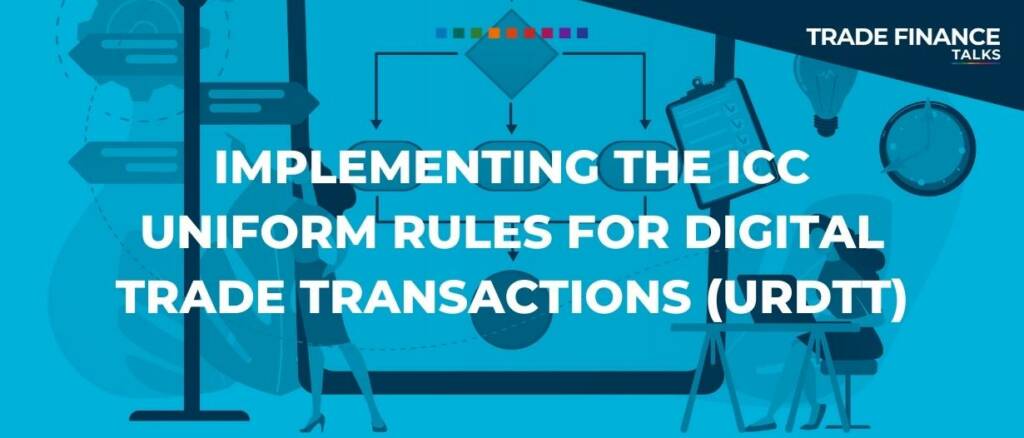The Russia-Ukraine conflict is having a debilitating effect on the cost of staple foods. Wheat and corn prices are skyrocketing, pushing already precarious regions such as the Middle East and Africa, to the brink.
The concept of digital transformation with a digital economy deeply permeates the current fulcrum of global economic debates, unlike previous socio-economic disruptions and revolutions that took more than one hundred years to have a massive effect on society.
The course of running a business isn’t typically a smooth one, and it comes with plenty of twists, turns and bumps to keep owners on their toes. However, that challenge of spinning dozens of plates is something that keeps many entrepreneurs and senior executives coming back for more.
Sustainability is a hot topic around the world, with almost all industries impacted by the need to operate in a greener and cleaner way.
An African economic problem deserves an Afro-centric solution: namely, an economic integration tool known as the African Continental Free Trade Agreement or AfCFTA.
This article looks at the URDTT as it is applied to the first known commercial application: the eDTT Workspace.
Your morning coffee briefing from TFG – Gas from the past: political history haunts energy supply chains amid Russian sanctions
On Wednesday, the Russian gas exporter and bank Gazprom suspended gas flows to Poland and Bulgaria as the firm did not receive payment from the countries in roubles.
The Centre for Strategic and International Studies (CSIS) held a conference on the United States (US) responses to the global energy crisis.
TFG’s Deepesh Patel highlights the key themes in commodity trade finance for commodity trading week in London.
























